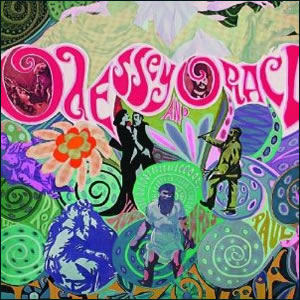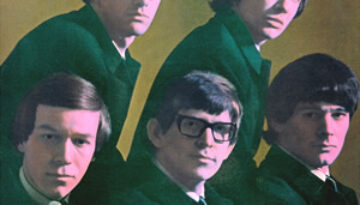Odessey and Oracle
by The Zombies
Buy Odessey and Oracle The Zombies only had two studio albums during their heyday of the 1960s. The first was their 1965 debut which was filled with British flavored pop with a slight edge. […]


